研究内容 | Research Topic
本研究室では代表的な社会基盤材料である金属材料について、 製造プロセス、組織、力学的性質の関係について探求しています。
実用材料が抱えている材料科学・工学的課題を解決し、 さらにその中から新しい基礎研究の種を見出すことを目標に、 教員と学生が一丸となって研究に取り組んでいます。
循環性に優れたアルミニウムとその合金を中心に研究を進めていますが、 材料の種類に拘らず、また常に新しいテーマにチャレンジし、研究領域の拡大ならびに異分野とのコラボレーションを積極的に進めています。
常に社会との接点を明確にし、時代の要請に応え得るような研究成果をもって社会に貢献すること、 研究室のメンバーの一人ひとりが研究活動を通じて独自の舌(テイスト)や独自の物差し(スケール)を育み、 明日を担う技術者、研究者、教育者として成長することを目指して努力しています。
Research Topic
Our laboratory investigates the relationships between manufacturing processes, microstructures, and the mechanical properties of metallic materials, which play a critical role as foundational materials in society.
Our mission is to address scientific and engineering challenges in practical materials while uncovering new directions for fundamental research. Faculty and students collaborate closely as a team to achieve these goals.
Although our primary focus is on highly recyclable aluminum and its alloys, we are not confined to specific material types. We actively embrace new challenges, expand our research horizons, and foster interdisciplinary collaboration.
We strive to contribute to society through research outcomes that align closely with societal needs. Each lab member is dedicated to refining their unique perspective and skillset through research, growing into engineers, researchers, and educators who will shape the future.
アルミニウム合金のアップグレードリサイクル
Development of Upgrade Recycling Technology of Aluminium
アルミニウムは軽量で耐食性が良いだけでなくリサイクル性にも優れており、CAN TO CAN リサイクルのように使用済みアルミ缶をまた元のアルミ缶にするような水平リサイクルが行われています。 しかし自動車のボディをアルミニウムで製造する場合は高品位なアルミニウム展伸材を使用しており、自動車のスクラップから自動車を製造するような水平リサイクルはなされておらず、現在は高品位なアルミニウムスクラップから低品位な鋳造材スクラップを製造する、カスケードリサイクルが主流となっています。 また近年、アルミニウムスクラップ量の増加やリサイクル後の鋳造材の需要が減少していることもあり、アルミニウムスクラップの需給バランスが取れなくなっています。
Aluminum is not only lightweight and highly resistant to corrosion but also excels in recyclability. Horizontal recycling, such as converting used aluminum cans back into original aluminum cans through CAN TO CAN recycling, is commonly practiced. However, when manufacturing automotive bodies from aluminum, high-quality aluminum rolled materials are used. Thus, horizontal recycling, such as producing new cars from automotive scrap, is not performed. Instead, cascade recycling has become the mainstream approach, where high-quality aluminum scrap is processed into lower-grade cast material scrap. Recently, the increase in aluminum scrap and the declining demand for cast materials after recycling have caused an imbalance in the supply and demand of aluminum scrap.
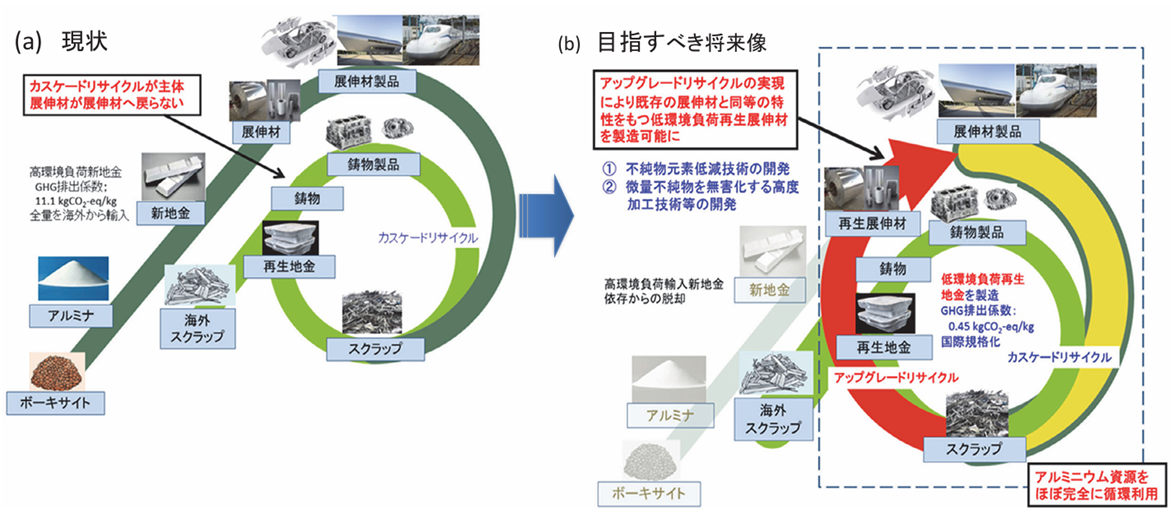
そこで本研究室ではアルミニウムスクラップを出発材として、自動車のボディパネルのような展伸材を製造する「アップグレードリサイクル」を達成するための「縦型高速双ロール鋳造法」の製造技術開発を行っています。 縦型高速双ロール鋳造法は、溶かしたアルミニウムから秒速数mで板材を製造することが可能です。 また本手法のもつ1000 K/sにも及ぶ急冷凝固効果によって、Al母相や第2相粒子を微細分散させることが可能であり、スクラップに混入される不純物の無害化が可能であると考えられています。
In our laboratory, we are developing a manufacturing technology for the "vertical-type high-speed twin-roll casting method" to achieve "upgrade recycling," where aluminum scrap is used as the raw material to produce rolled products, such as automotive body panels. The vertical-type high-speed twin-roll casting method allows for the production of sheet materials from molten aluminum at a speed of several meters per second. Additionally, the method’s rapid cooling and solidification effect, reaching up to 1000 K/s, enables the fine dispersion of the Al matrix and second-phase particles. This effect can also neutralize the impurities mixed into the scrap.
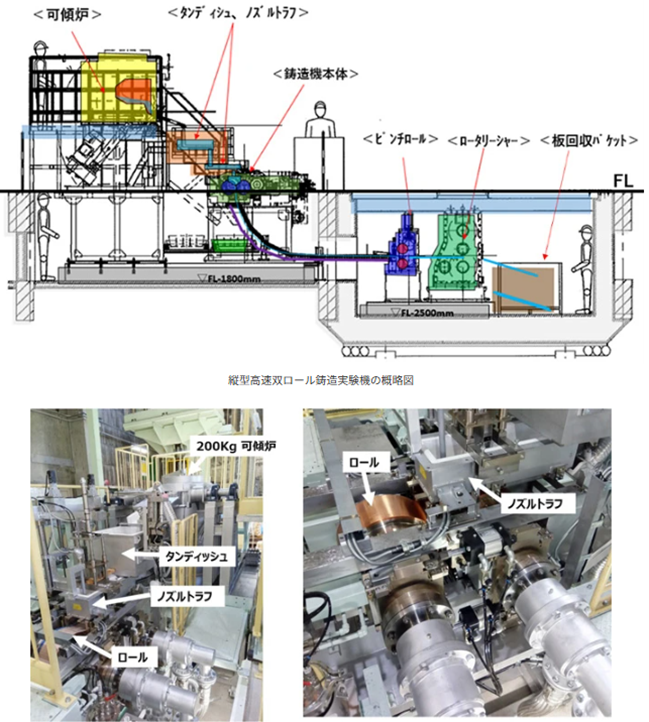
また本研究は国立研究開発法人新エネルギー・産業技術総合開発機構より、アルミ素材高度資源循環システム構築事業である国家プロジェクト「資源循環型社会構築に向けたアルミニウム資源のアップグレードリサイクル技術開発プロジェクト」として採択されました。 現在は共同研究している株式会社 UACJ に新型長尺実験機を導入して、より工業的な大量生産に近い体制での鋳造実験を行い、製造された板の分析や品質の調査を担当しています。 (本プロジェクトについての本学プレスリリース)
This research has been adopted as one of the granted projects under the NEDO Feasibility Study Program/Feasibility Study Program for Energy and Environmental Technologies: Development of Advanced Recycling System for Aluminum Materials.. Currently, we are conducting casting experiments with a new large-scale experimental machine introduced at UACJ Corporation, a partner in our joint research. The experiments are conducted in a setup closer to industrial mass production, and we are responsible for the analysis and quality assessment of the produced sheets. (Here is the Press Releease)
マルチスケール力学挙動解析
Multiscale mechanical behavior analysis
析出強化は、小さな粒子が転位の動きを妨げて金属強度を高める手法であり、アルミニウム合金の機械的特性を向上させるために広く採用されています。 私たちの研究室では、さまざまなシミュレーション手法を利用して、マルチスケールにわたって析出強化を研究しています。
Precipitation hardening, a process where small particles impede dislocation motion to enhance metal strength, has been widely employed to improve the mechanical properties of aluminum alloys. Our lab utilizes a variety of simulation methods to study precipitation strengthening across multiple scales.
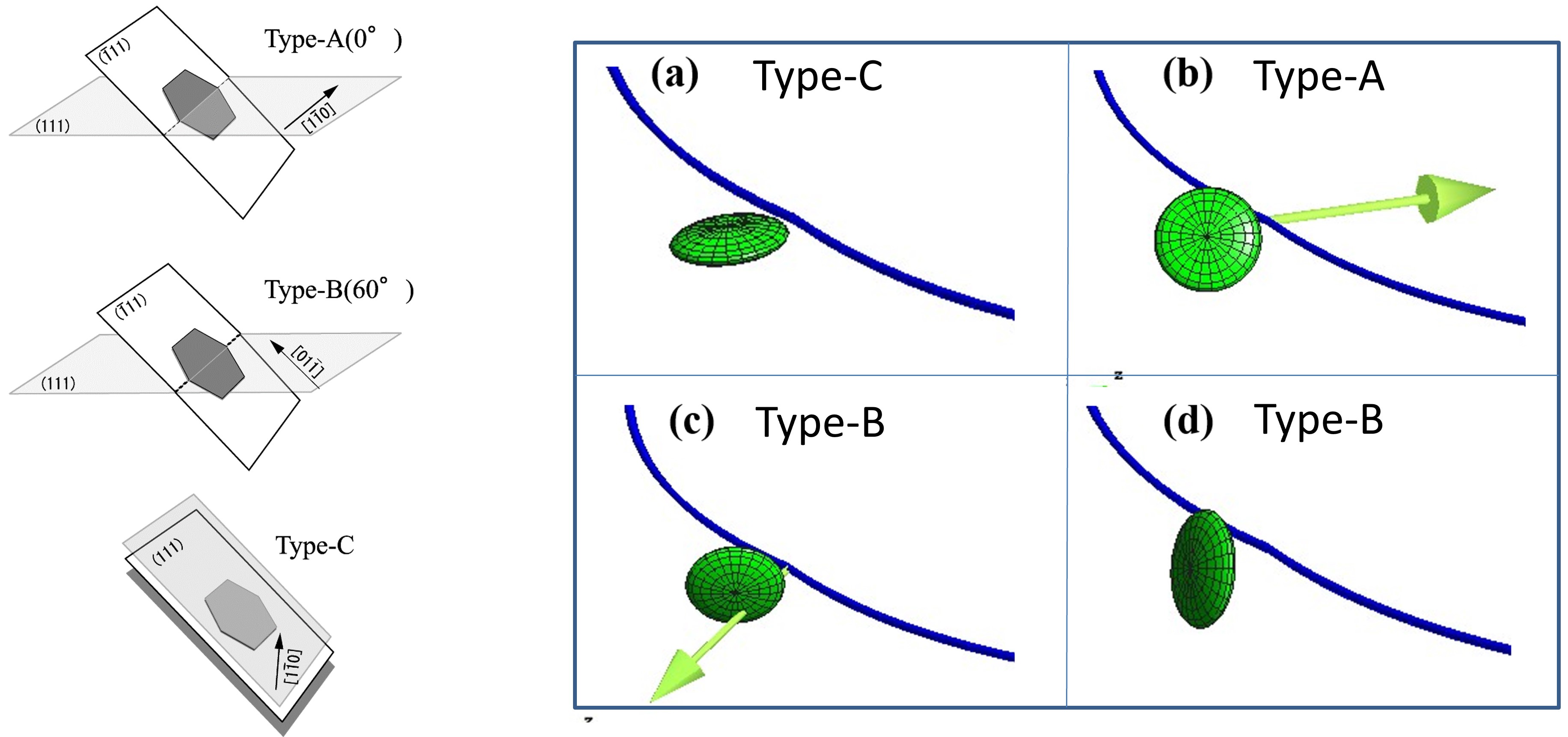
分子動力学 (MD) シミュレーションでは、nmスケールでの転位と析出物の相互作用について探究することができます。 また,より大きな析出物 (数百nm) または複数の析出物が含まれる系の場合、私たちの研究室が開発したパラメトリック転位ダイナミクス (PDD) コードを用いて、転位と析出物の相互作用をメソスケールでシミュレートすることを可能としています。
Molecular dynamics (MD) simulations focus on dislocation-precipitate interactions at the nanometer scale. For larger precipitates (hundreds of nanometers) or systems involving multiple precipitates, our in-house parametric dislocation dynamics (PDD) code provides significant advantages for simulating dislocation-precipitate interactions at the mesoscale.
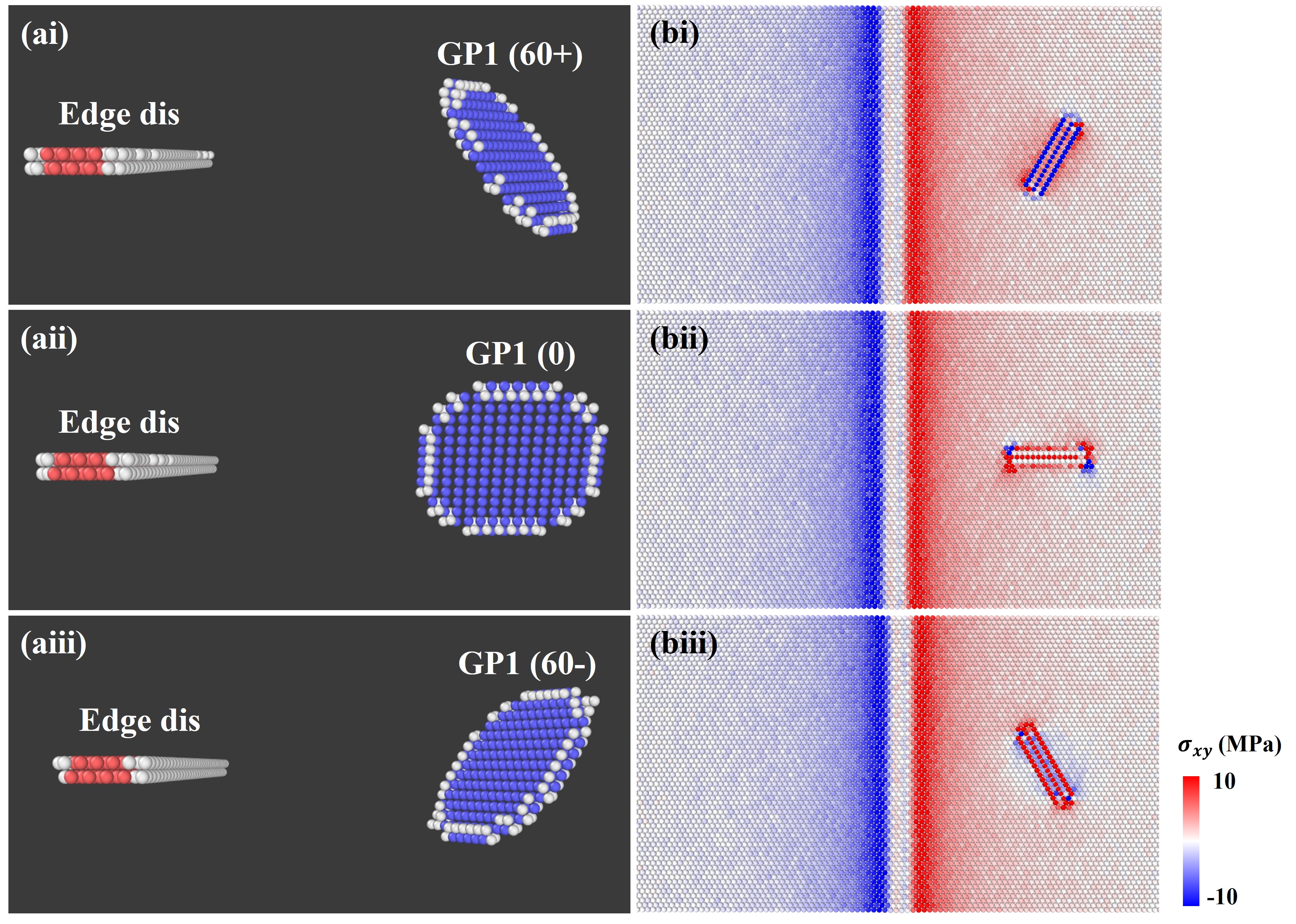
第一原理計算(密度汎関数理論: DFT)のVASP(Vienna Ab initio Simulation Program)を用いて、相や析出物の格子構造を予測し、エネルギーを計算します。 また、モデルの体積変化に伴うエネルギー差を利用して弾性率を計算することも可能です。 この手法により、析出物のミスフィットひずみを予測し、時効処理中にどの要因が支配的であるかを明らかにすることができます。
In the first-principle calculation, by DFT (Density Functional Theory), we predict the lattice structure of the phase and precipitate and calculate the energy through the VASP (Vienna Ab initio Simulation Program). We can also calculate the modulus of elasticity by means of the energy difference resulting from changing the volume of the model. We can predict misfit strain of the precipitate and which is dominant while aging treatment.
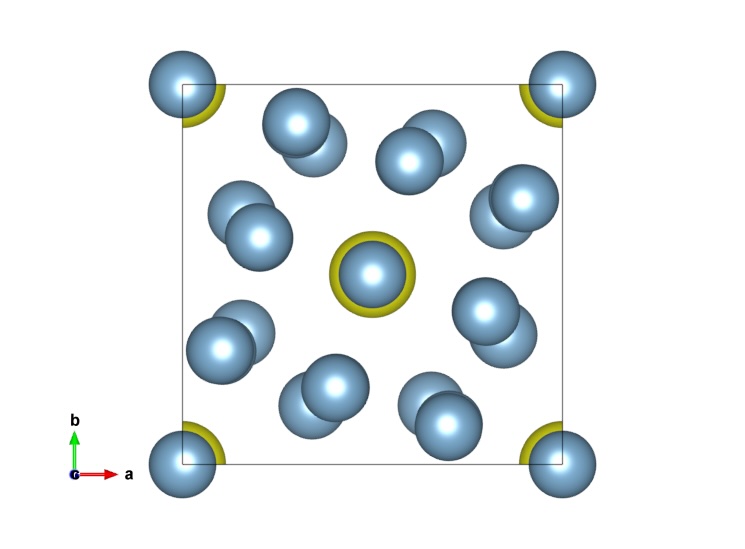
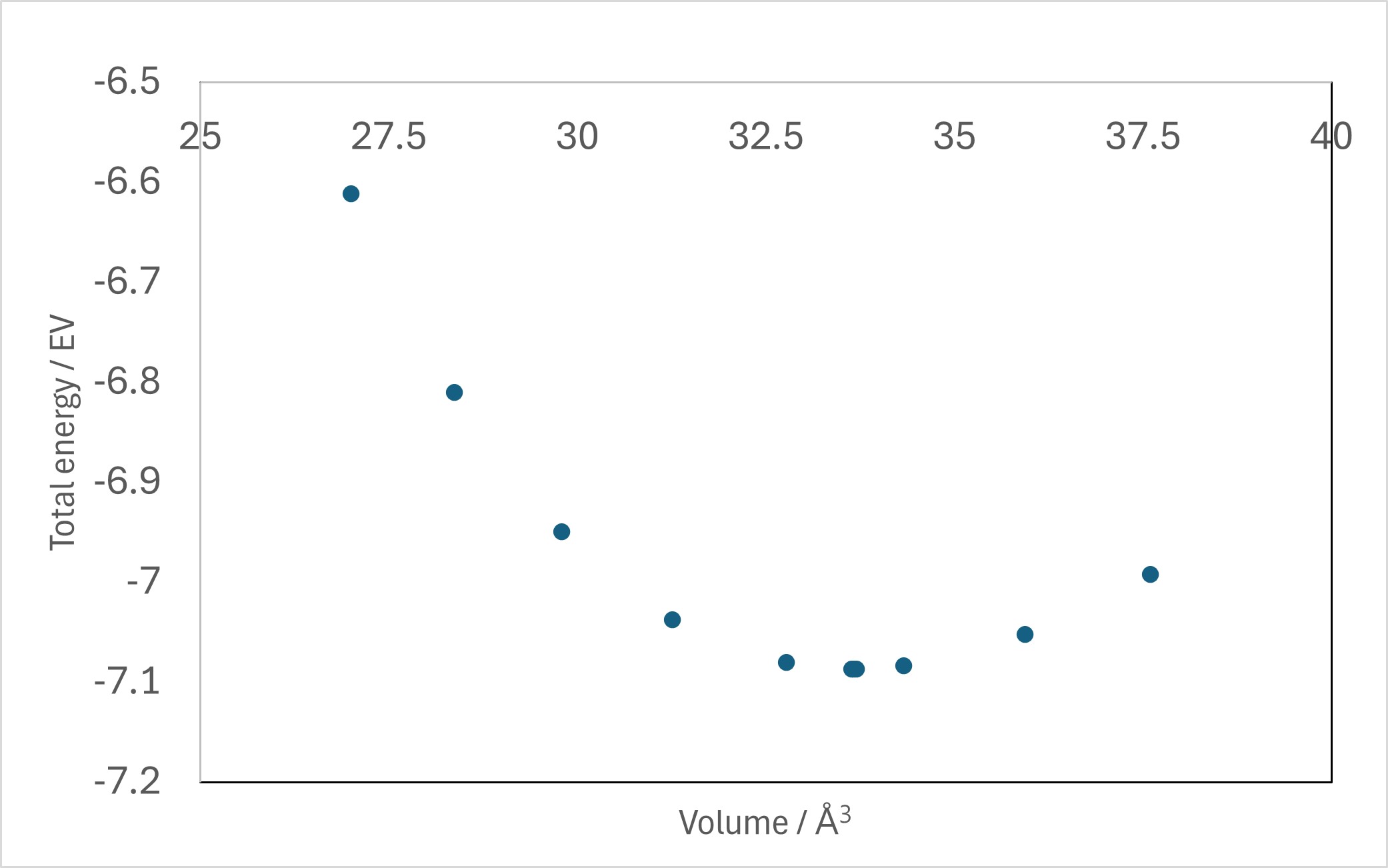
多結晶材料における応力配向効果と力学特性
Mechanical Property and Stress-Orienting Effect in Polycrystalline Materials
固体状態での相変態では、通常、結晶学的に等価な複数の析出物バリアントが形成されます。方向性を持つ外部応力を加えることで、特定のバリアントの形成を促進または抑制する現象は「応力配向効果」として知られています。
During solid-state phase transformations, multiple crystallographically equivalent variants of precipitates typically form. The application of directional external stress can selectively promote or suppress the formation of specific variants, a phenomenon known as the stress-orienting effect.
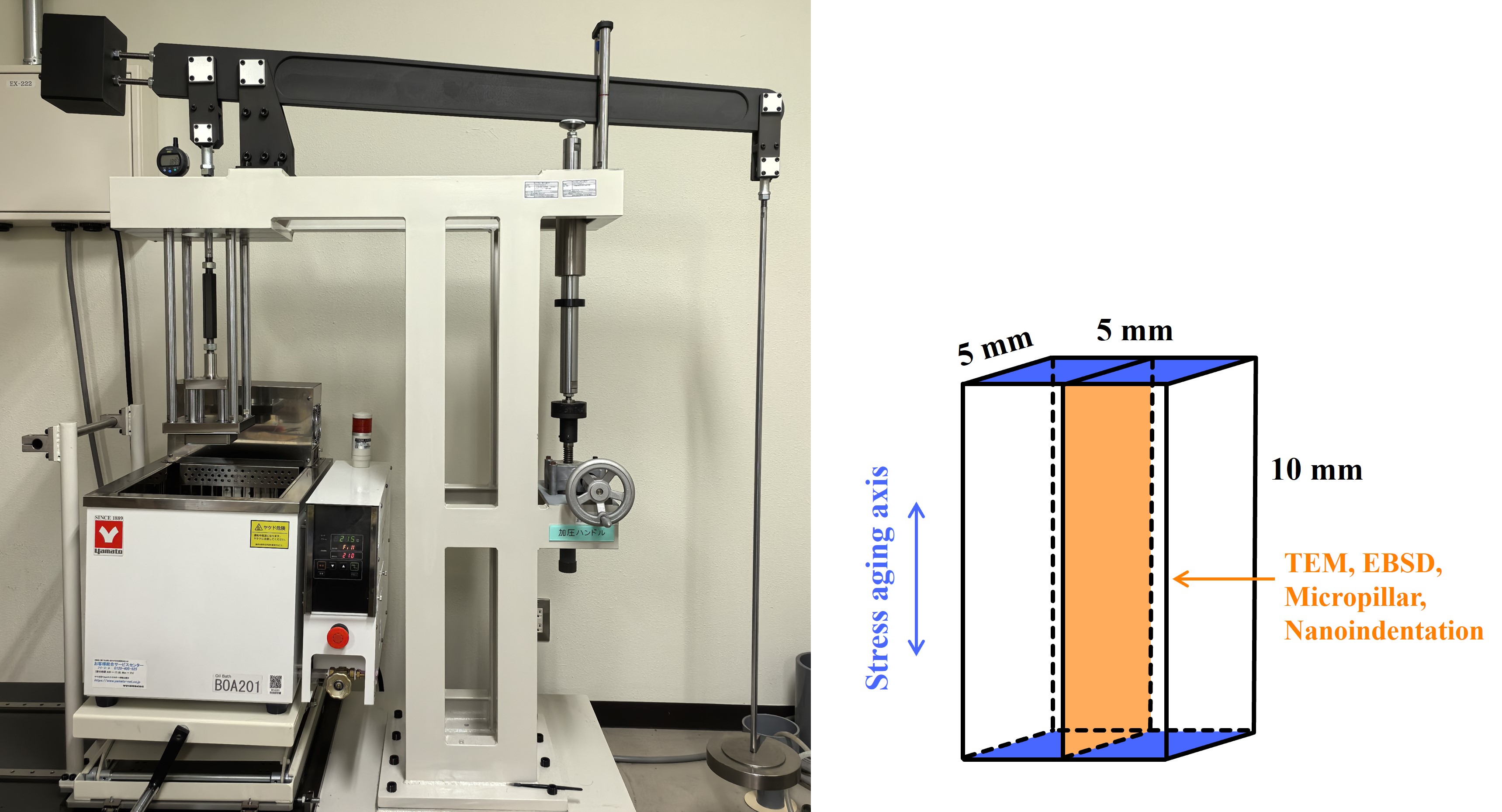
この応力配向効果を検証するため、定荷重装置を用いて応力時効サンプルを作製します。 また、透過型電子顕微鏡(TEM)と電子後方散乱回折(EBSD)を用いて、多結晶材料における応力配向効果と結晶粒方位を解析します。 さらに、ナノインデンテーションおよびマイクロピラー圧縮試験といったマイクロメカニカル試験を特定の結晶粒で実施します。 これにより、疑似単結晶条件を再現し、シミュレーション結果との直接比較が可能になります。
Stress-aged samples are prepared using a constant-loading machine. Transmission electron microscopy (TEM) and electron backscatter diffraction (EBSD) are employed to examine the stress-orienting effect and determine the grain orientations of the polycrystalline sample. Subsequently, micromechanical tests, including nanoindentation and micropillar compression experiments, are performed on specific crystal grains, effectively creating pseudo-single-crystal conditions for direct comparison with simulation results.
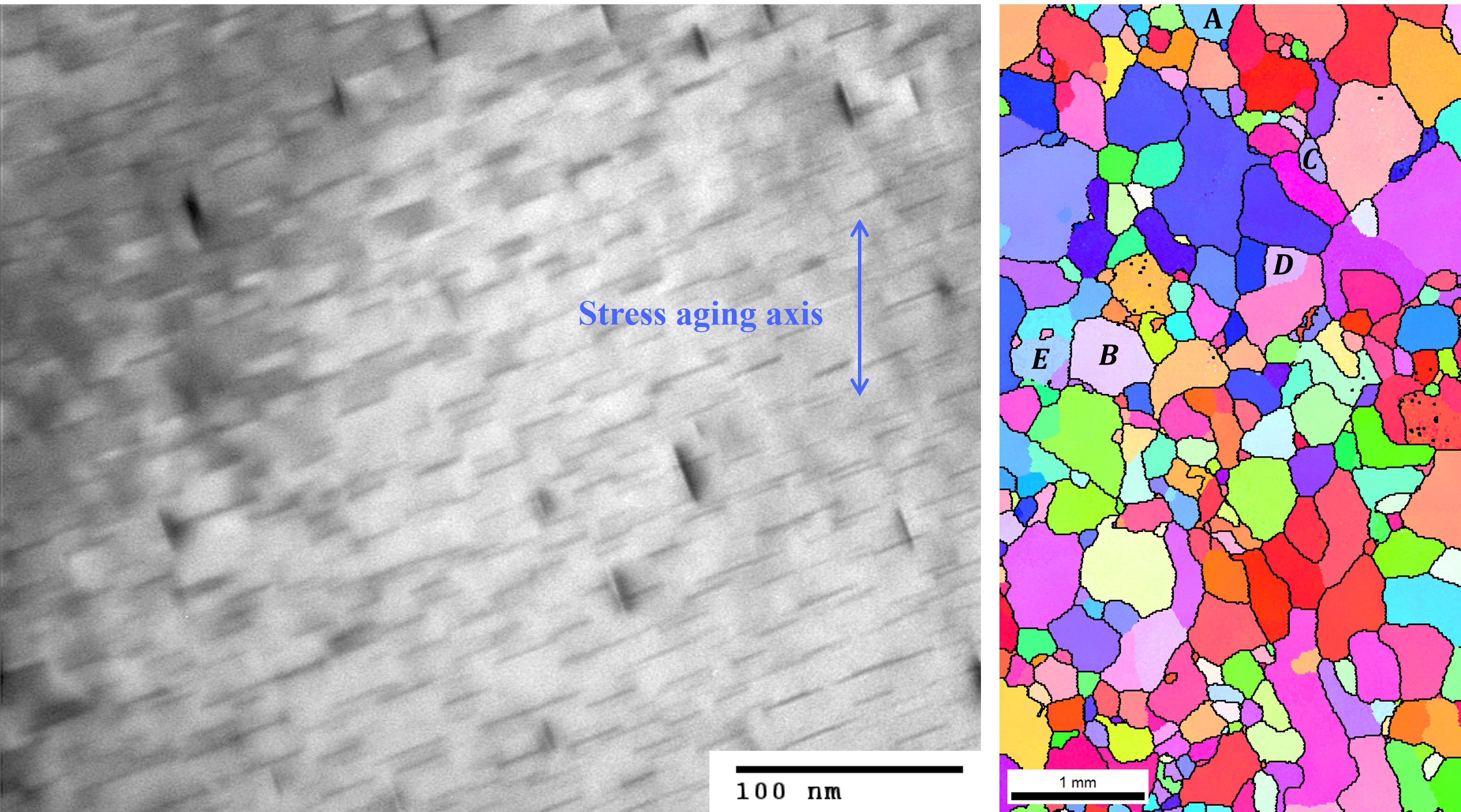
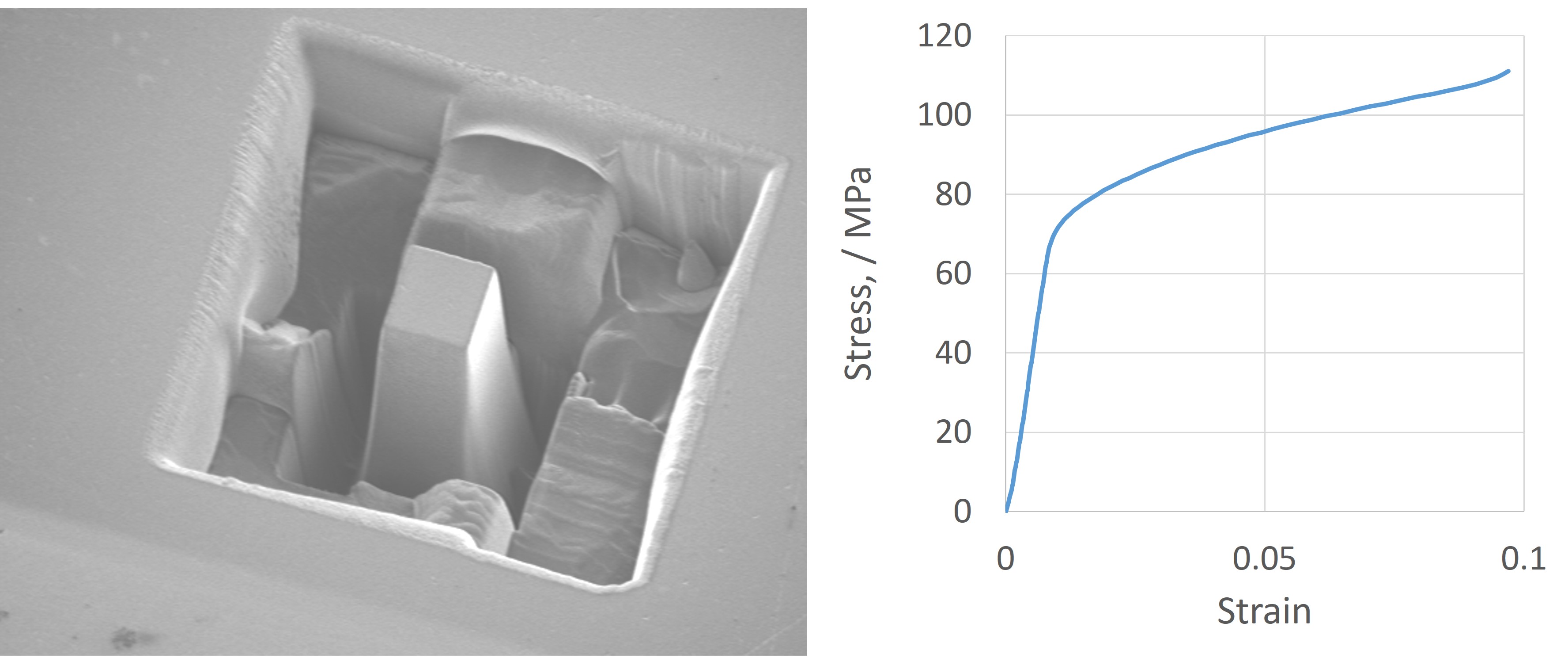
本ページの研究紹介は主に博士課程の学生に執筆してもらっています!
興味があればいつでも聞きに来てください!
The research introductions on this page are primarily written by our doctoral students!
If you’re interested, feel free to visit us anytime!